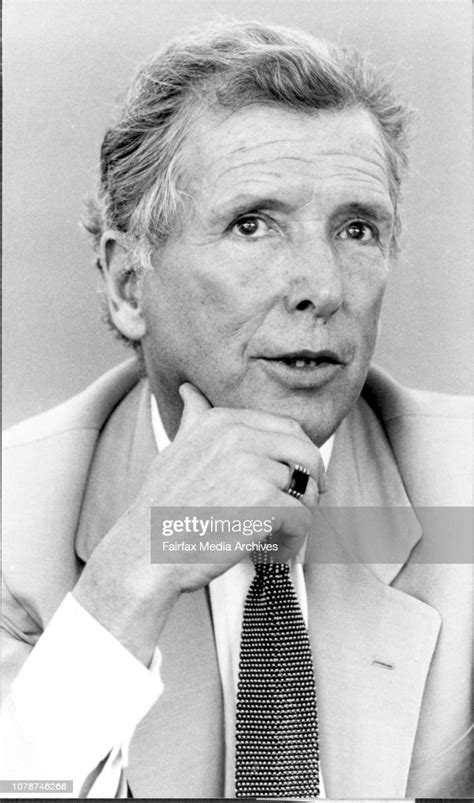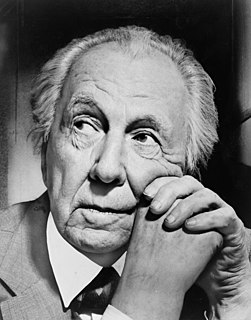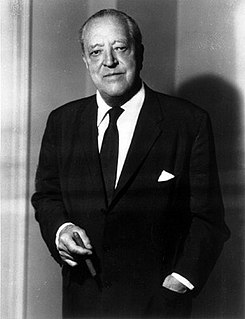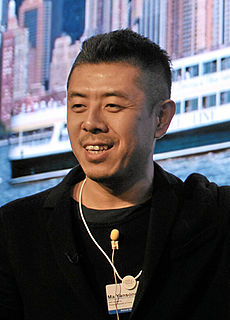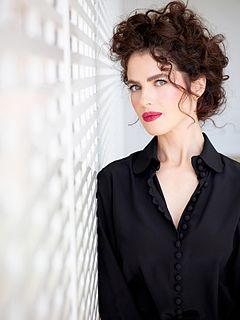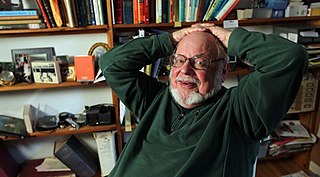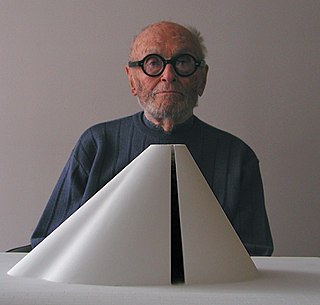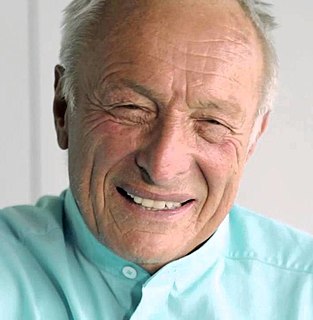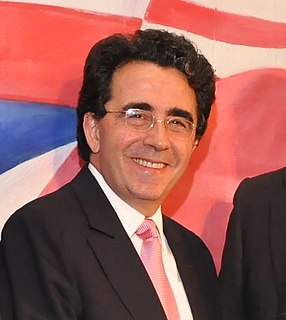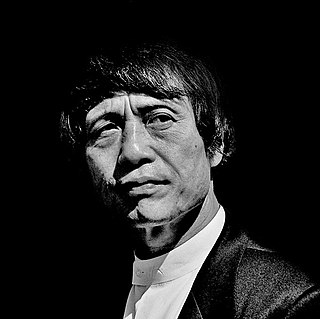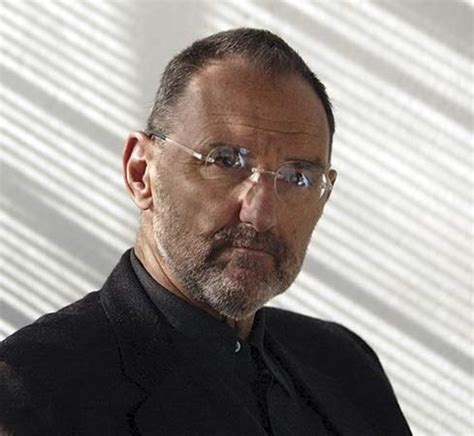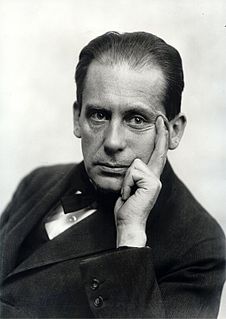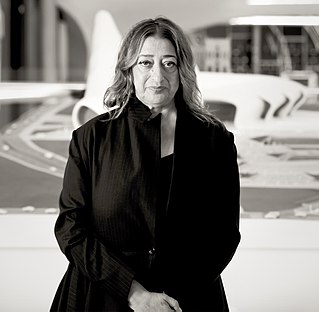Top 81 Quotes & Sayings by Maya Lin - Page 2
Explore popular quotes and sayings by an American architect Maya Lin.
Last updated on September 19, 2024.
I think I've always had an activist stance, yet at the same time, the other side of me - and this is where some people just don't get it, or they'd prefer it if the work was a lot uglier, a lot louder - I have this personality where I just want to put something out that's a fact and then let you interpret it. It's almost as if you might barely notice it, you might walk right by it, but you have to pay attention.
I do think the smaller-scale studio works have that incredible love of data crunching, whereas I would say the large-scale earthworks tend to be much more stripped-down. With the mappings, as connected as they are to a much more analytical idea, what's a map? And can I make a map about time? I think the first time was Hurricane Sandy, the flood plane; a moment in time, but indelibly marked on any of us who were in the city. Mapping time is something that I'm really interested in.
I think I needed to really move past my first public work as memorialist, and be equally balanced. It's a bit unusual, to be working between the architecture, the art, and what I would say is a synthesis, the memorials - they're problem solving, but it's very symbolic. You get this triangle; I need to be balanced with those three. They're all equally a part of who I am. I love how different they are, and yet they're coming out the same thing, whatever it is.
We know under Nebraska there is an underground aquifer that is probably underneath the whole state, but what form does it take? I kind of want to focus on that, for almost political means, because we keep digging more wells. We're not replenishing, and we're having a crisis in water around the world. But how do you visualize it? I don't know, so I know what I want to study.
I always give the analogy of the Earth at Night picture, of 7.3 billion of us, right? And everyone says, "Well, that's population." Well, if you took the entire world's population and you lived at the density of Manhattan proper - not a bad place to live - how much space do 7.3 billion people take up? The state of Colorado. At which point I end my lectures, because I want you to be thinking ... is this really a question of population, or is this a question of land use and resource consumption? And let's face it, the top 1.3 billion of us are doing all the damage. Sorry.

